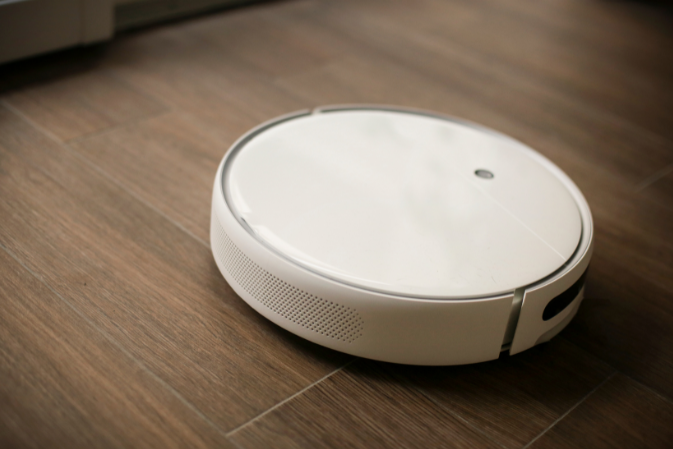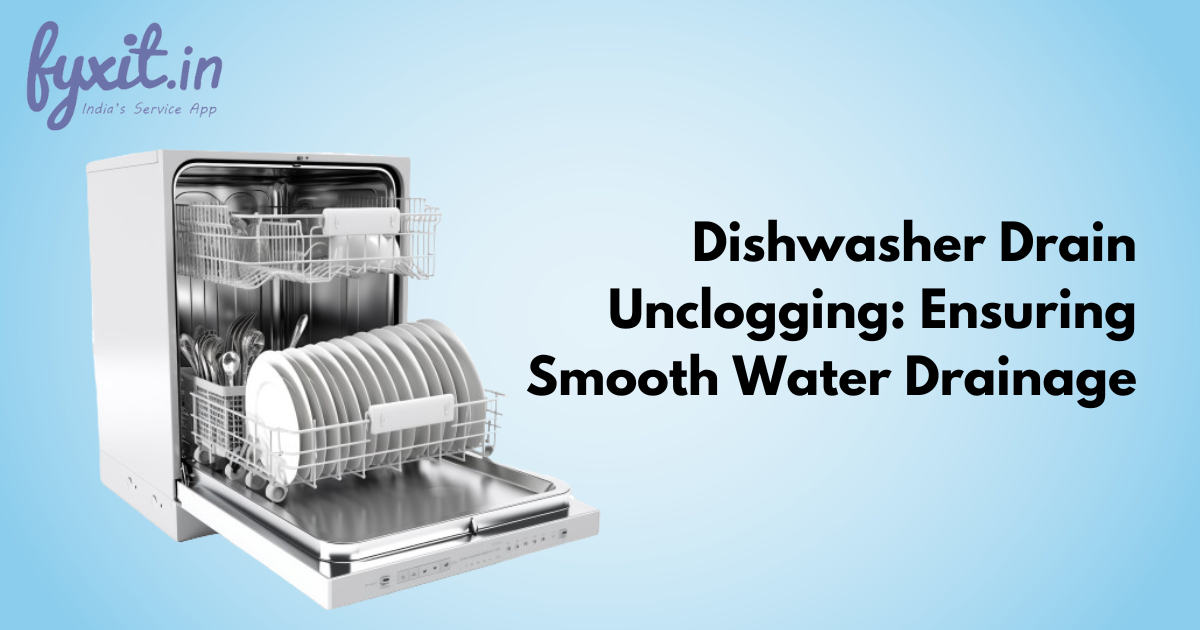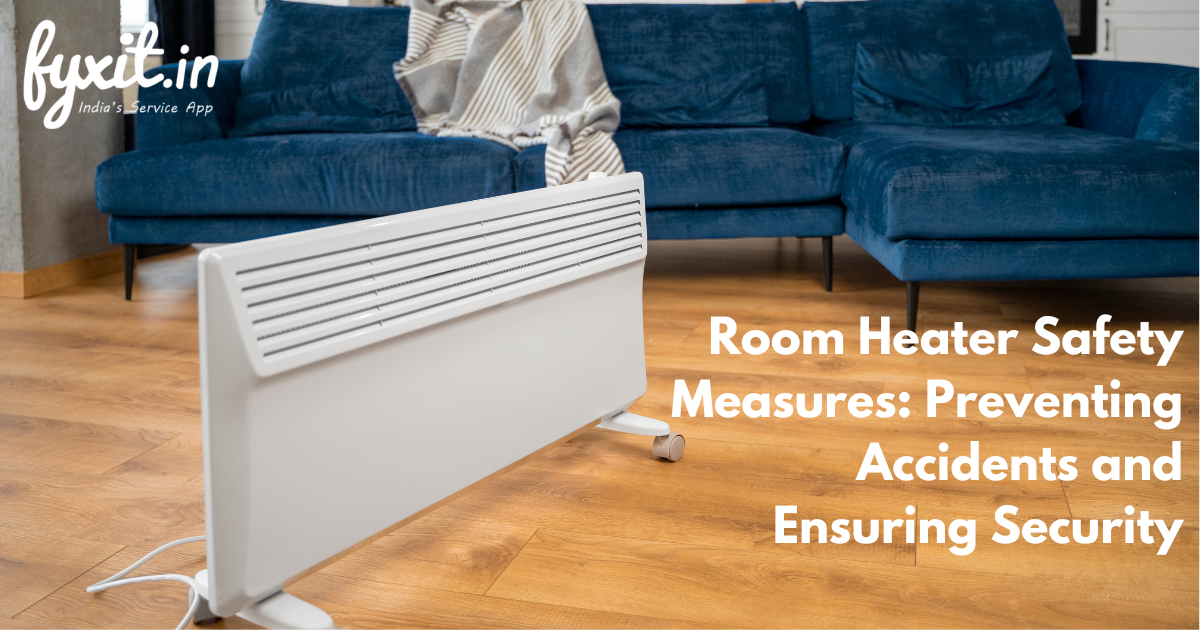Vacuum cleaners are an essential household appliance that has undergone significant evolution over the years. From manual cleaning to robotic models, the vacuum cleaner industry has continued to evolve to provide consumers with the latest cleaning technology.
The earliest vacuum cleaners were manual and operated by hand. In the early 1860s, Daniel Hess invented a carpet sweeper that used bellows to create suction. However, this method was not entirely effective as it required significant physical effort to operate and only picked up large particles. In 1901, Hubert Cecil Booth invented the first powered vacuum cleaner, which was powered by an engine and used a large hose to suck up dust and dirt. This was a significant improvement in cleaning technology, but the vacuum cleaner was large and difficult to maneuver.
The vacuum cleaner industry continued to evolve, and by the 1920s, companies such as Hoover were producing electric-powered vacuum cleaners that were more efficient and compact. The invention of the disposable vacuum bag in the 1950s revolutionized the industry as it made cleaning more convenient, and the need for manual cleaning of the bag was eliminated.
Manufacturers introduced the first handheld and cordless vacuum cleaners in the 1970s, providing consumers with a more convenient and lightweight option for cleaning. In the 1980s, manufacturers introduced the canister vacuum cleaner, which was more compact than previous models and easier to maneuver around the house.
The most recent development in vacuum cleaner technology is the introduction of robotic vacuum cleaners. These machines use sensors to navigate around the house and can clean carpets, hardwood floors, and other surfaces. Robotic vacuum cleaners are typically more expensive than other vacuum cleaners, but they provide the convenience of automatic cleaning and the ability to schedule cleaning sessions.
Today, there are many different types of vacuum cleaners available on the market. The most common types include upright, canister, handheld, stick, and robotic vacuum cleaners. The most traditional type of vacuum cleaner is the upright vacuum cleaner, and people often use it for deep cleaning carpets. Canister vacuum cleaner is more versatile than upright vacuum cleaners and are better for cleaning hard-to-reach areas such as stairs and corners. Handheld are small and portable, making them ideal for cleaning furniture, upholstery, and car interiors. Stick vacuum cleaner is lightweight and easy to maneuver, making them a good option for quick cleaning tasks. Robotic vacuum cleaner is the newest type of vacuum cleaner and provide the convenience of automatic cleaning.
When choosing a vacuum cleaner, there are several factors to consider, including suction power, filtration system, accessories, and cost. Suction power is essential for deep cleaning carpets, while a good filtration system is essential for people with allergies or asthma. Accessories such as crevice tools and upholstery brushes can help make cleaning easier, and the cost of the vacuum cleaner is also an important consideration.
The vacuum cleaner has undergone significant evolution over the years, from the manual carpet sweeper to the robotic vacuum cleaner. Today, there are many different types of vacuum cleaners available, each with their own benefits and drawbacks. When choosing a vacuum cleaner, it’s important to consider factors such as suction power, filtration system, accessories, and cost to find the best model for your cleaning needs.





